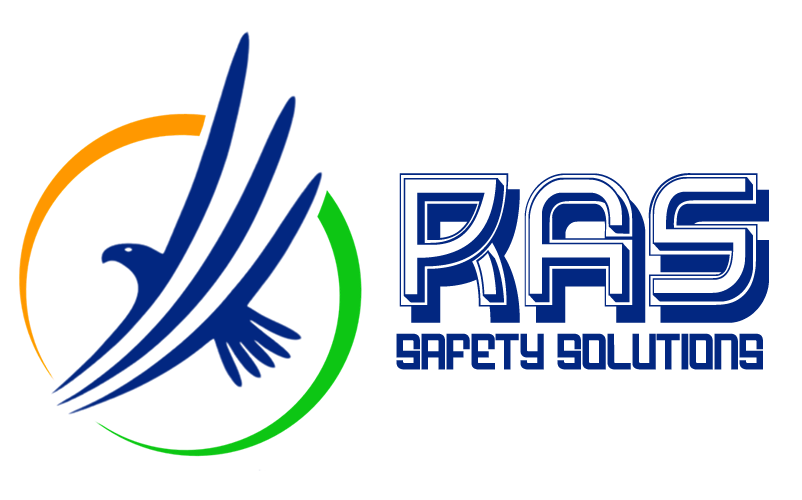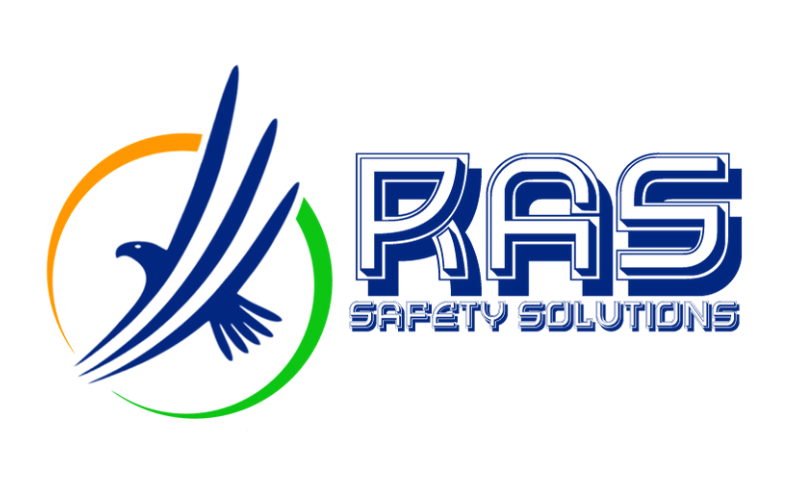
LADDER SAFETY TRAINING
Overview:
Ladder Safety Training is designed to educate participants on the proper selection, inspection, and use of ladders and stepladders to prevent falls and injuries. Ladders are a common tool in many workplaces, but they are also a significant source of accidents. A third of all reported fall-from-height incidents involve ladders and stepladders, leading to an average of 14 deaths and 1,200 major injuries each year. Many of these incidents result from improper use or incorrect equipment choice. This course aims to provide the necessary information, training, and supervision techniques to ensure ladders and stepladders are used safely in the workplace.
Key Content:
-
Introduction to Ladder Safety
- Overview of Ladder-Related Accidents and Statistics
- Legal Requirements and Safety Standards for Ladder Use
- Employer and Employee Responsibilities in Ladder Safety
-
Types of Ladders and Stepladders
- Different Types of Ladders (e.g., Extension Ladders, A-Frame Ladders, Platform Ladders)
- Stepladders: Selection and Use
- Ladder Material Types (e.g., Aluminum, Fiberglass, Wood) and Their Suitability for Different Tasks
- Ladder Weight Ratings and Capacity Limits
-
Ladder Selection
- Assessing the Task and Choosing the Right Ladder
- Ladder Height, Load Capacity, and Stability Considerations
- Understanding the Differences Between Various Ladders and Their Specific Uses
- Importance of Using the Right Ladder for the Job
-
Inspection and Maintenance
- Pre-Use Ladder Inspections: What to Look For
- Identifying and Reporting Ladder Defects
- Routine Maintenance Procedures for Ladders and Stepladders
- Proper Storage and Handling of Ladders to Prevent Damage
-
Safe Use of Ladders and Stepladders
- Correct Setup and Positioning of Ladders
- The Three Points of Contact Rule
- Safe Climbing and Descending Techniques
- Working Safely While on a Ladder: Body Position and Load Management
- Common Mistakes to Avoid When Using Ladders
- Safe Practices for Carrying Tools and Materials on a Ladder
-
Hazard Identification and Risk Assessment
- Recognizing Hazards Associated with Ladder Use (e.g., Slippery Surfaces, Overhead Obstructions, Unstable Ground)
- Conducting Risk Assessments Before Using Ladders
- Implementing Control Measures to Minimize Risks
- Emergency Procedures in the Event of a Ladder Fall
-
Supervision and Ongoing Safety
- Importance of Supervision in Maintaining Ladder Safety Practices
- Strategies for Enforcing Safe Ladder Use in the Workplace
- Training Others on Ladder Safety and Encouraging a Safety-First Culture
- Continuous Monitoring and Improvement of Ladder Safety Practices
-
Practical Exercises and Case Studies
- Hands-On Practice in Ladder Setup, Inspection, and Safe Use
- Analysis of Real-World Ladder Accident Case Studies
- Group Discussions on Best Practices and Lessons Learned
- Role-Playing Scenarios to Reinforce Safe Ladder Use
Course Duration:
-
Standard Course: 1 Day (8 Hours)
- A comprehensive session covering all aspects of ladder safety, from selection to safe use and supervision. Ideal for workers who frequently use ladders and stepladders in their daily tasks.
-
Extended Course: 2 Days (16 Hours)
- An in-depth course with additional focus on practical exercises, advanced risk assessment techniques, and supervision strategies. Suitable for safety officers, supervisors, and those responsible for ladder safety training.
Learning Outcomes:
-
Proper Ladder Selection and Use: Participants will understand how to select the right ladder for the task and use it safely to prevent falls and injuries.
-
Thorough Inspection Skills: Learners will be able to conduct thorough inspections of ladders and stepladders, identifying potential hazards and ensuring equipment is safe to use.
-
Risk Assessment Expertise: Attendees will gain skills in assessing risks associated with ladder use and implementing effective control measures to minimize those risks.
-
Effective Supervision and Training: Participants will be equipped to supervise ladder use in the workplace, ensuring that safe practices are maintained and that all users are properly trained.
-
Emergency Preparedness: The course will prepare participants to respond effectively in the event of a ladder-related emergency, reducing the severity of injuries and ensuring prompt assistance.
By the end of the Ladder Safety Training course, participants will be well-equipped to use ladders and stepladders safely, minimizing the risk of accidents and ensuring a safer working environment for all.


